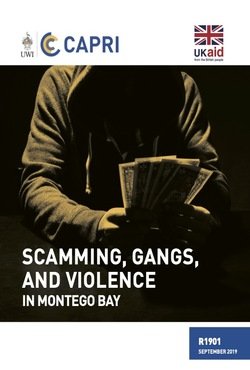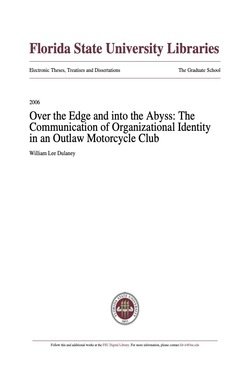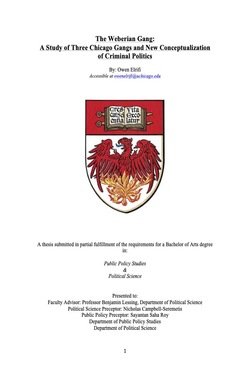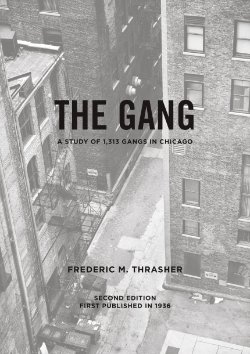By Christopher Blattman, Gustavo Duncan, Benjamin Lessing, and Santiago Tobón
Gangs govern millions worldwide. Why rule? and how do they respond to states? Many argue that criminal rule provides protection when states do not, and that increasing state services could crowd gangs out. We began by interviewing leaders from 30 criminal groups in Medellín. The conventional view overlooks gangs’ indirect incentives to rule: governing keeps police out and fosters civilian loyalty, protecting other business lines. We present a model of duopolistic competition with returns to loyalty and show under what conditions exogenous changes to state protection causes gangs to change governance levels. We run the first gang-level field experiment, intensifying city governance in select neighborhoods for two years. We see no decrease in gang rule. We also examine a quasi-experiment. New borders in Medellín created discontinuities in access to government services for 30 years. Gangs responded to greater state rule by governing more. We propose alternatives for countering criminal governance.
Chicago: University of Chicago, Development Economics Center, Becker Friedman Institute, 2022. 75p.





















